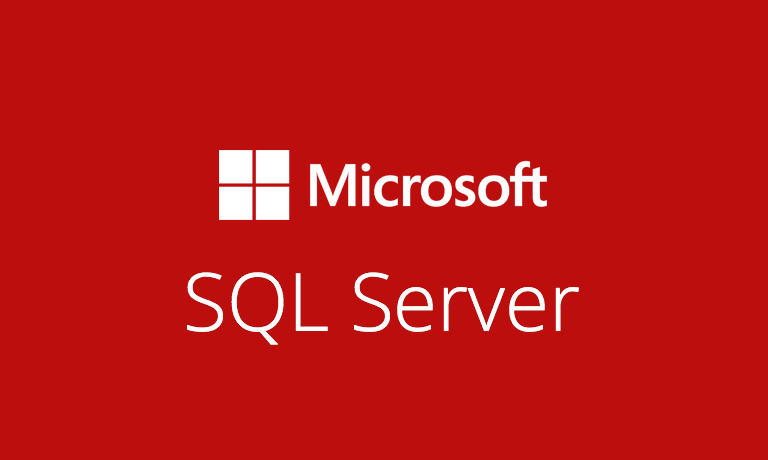Upgrade your old SQL server 2005 to SQL server 2014
The end of support for SQL Server 2005 means No Security Updates, Compliance Concerns and Higher Maintenance Costs.

If you don't upgrade from SQL Server 2005
- No Security Updates
Many critical security updates were released for SQL Server 2005 while under extended support. No updates will be developed or released after end of support. For example, during extended support, Microsoft created a security patch to limit the ability to create elevated administrative privileges by SQL injection. Imagine the impact on infrastructure and the potential business interruptions once updates like these are no longer available. - Compliance Concerns
Lack of compliance with many standards and regulations can have serious consequences. For example, not complying with the Payment Card Industry (PCI) Data Security Standards could mean Visa and MasterCard will no longer do business with you. Similarly, the cost of doing business could substantially increase due to penalties and higher transaction fees. In worst case scenarios, a lack of compliance can also result in lost business. - Higher Maintenance Costs
It might appear the most inexpensive option is to not upgrade. But the numbers disagree; retaining old software will likely cost more in the end. For example, some companies running old software have been subject to security breaches by hackers who exploited a vulnerability, resulting in credit card numbers being stolen. Clearly, maintaining legacy servers, firewalls, guarding against potential intrusions, and preparing for the potential liability created by out of date software can prove to be very costly.
Why you should upgrade
The time to upgrade is now. Take advantage of the powerful new features and dramatic performance improvements that come with SQL Server 2014. Highlights include:
- Achieve up to 13 times performance gains
- Support includes security patching and maintenance updates; it also eliminates the expense of custom support agreements
- Self-service business insights with the familiarity of Office and the power of the cloud.
- Scale up on-premises or scale-out via private cloud with Windows Server for maximum performance while minimizing total cost of ownership .
- Enable new hybrid scenarios like cloud backup and cloud DR to reduce costs and improve on-premises DR.
Combine upgrades of both Windows Server and SQL Server
Another upgrade consideration needs to address the version of Windows Server that SQL Server is running on. It’s advantageous for you to upgrade both simultaneously and the reasons are simple: By upgrading both together, you can avoid the added cost that comes from doing so twice/separately. What’s more, you will be able to take advantage of the breakthrough performance gains offered by SQL Server 2014 and Windows Server R2 2012 running together. (For example: apps run up to 30x faster for Online transaction processing and over 100x faster for Data Warehousing.) You'll also avoid having to deal with incompatibilities that exist between older versions of SQL Server and Windows Server 2012 R2.
If your instance of SQL Server 2005 is running on Windows Server 2003 – which extended support has ceased, you'll benefit from carrying out both upgrades together.
For further advice about Server upgrades and the benfits it can bring get in touch with one of our experts.



